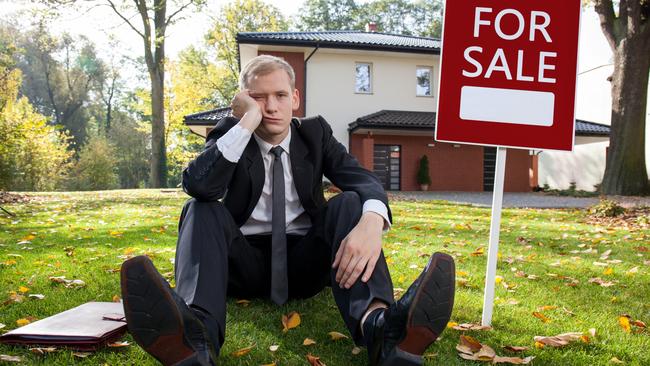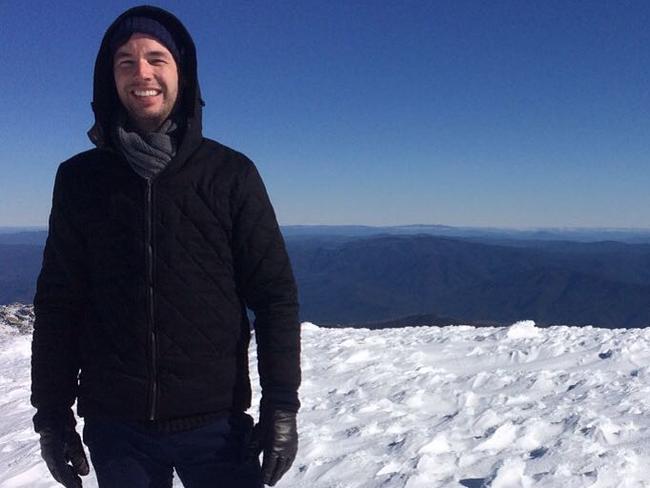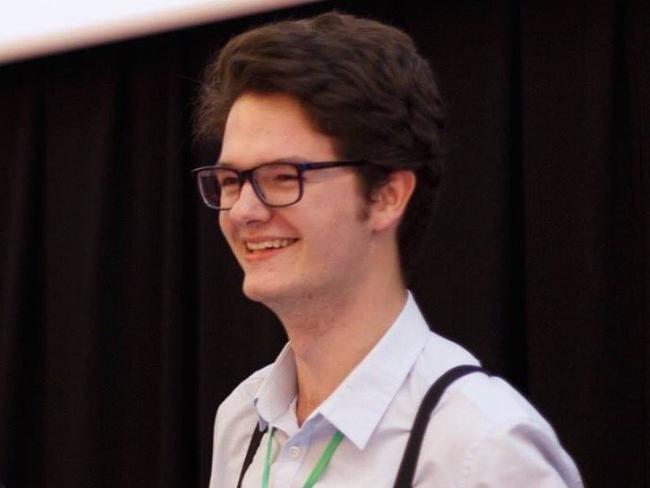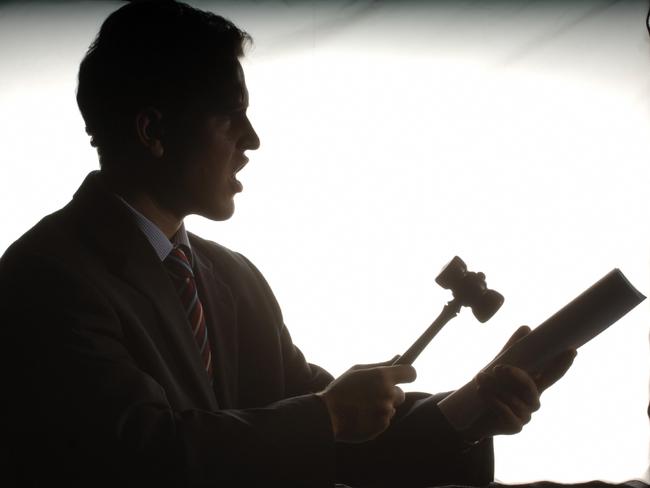Young Australians have given up on ever buying their own home
IT’S what we all strive for — owning our own home. But for a whole generation of Aussies, hope of ever getting there is fading fast.

A GENERATION of young people are giving up hope of ever buying their own home.
Sky-high prices, tighter lending restrictions, enormous upfront costs, choking cost of living and stagnated wage growth have combined to make the Great Australian Dream a nightmare.
As reported by news.com.au last week, buying a home without putting yourself in a precarious financial position now requires an enormous salary well above the national average.
And with many banks requiring up to a 20 per cent deposit, the amount a first-time buyer needs to save can be impossible to scrape together.
“It’s a massive barrier,” says Sally Tindall, head of research at RateCity.com.au.
“In cities like Sydney, they’re looking at the market and throwing their hands up in despair, knowing they’ll never be able to buy there.”
Where once the notion of taking your first step on the property ladder was difficult but not impossible, most in this cohort of young Aussies have lost hope.
PRICES TOO HIGH
Michael Hutchinson earns a good salary and has a relatively low cost of living, so he should be in a good position to buy a home.
But the 31-year-old customer service worker doesn’t believe he’ll ever be able to afford it.
“The biggest impediment to buying would be the cost,” Mr Hutchinson said.
“My folks sold their house three years ago for five times the amount they bought it for 25 years prior, which seems OK, but since then the value has increased 30 per cent already on what they sold it for, which is mind-boggling.”

Buying a place of his own was always a goal — until recently.
He didn’t appreciate how quickly and steeply property prices were rising until it was too late, he said. Now the prospect feels “unattainable”.
“I’m in a position to save pretty well, but even then I don’t think it’ll ever be enough if house prices continue to rise at the current rate,” Mr Hutchinson said.
“But I’m a realistic — if it doesn’t happen, it doesn’t happen.”
ONLY FOR THE PRIVILEGED
Data shows the number of first-time buyers in the market is on the rise again, thanks in part due to softer prices and less competition from investors.
Recent figures show one-in-four buyers in NSW at the moment are first-timers, with a tripling in the number of applicants for the stamp duty concessions they are eligible for.
There have been positive movements in Melbourne, Adelaide and Brisbane too, as well as major regional centres like Bathurst and Geelong.
Nope. Extortionate rent, tolls and flat wage growth tell me it’s out of reach.
— Dan (@Captain__DMan) August 21, 2018
My opinion is we are the first gen where not owning a home will be ordinary and we will go like some o/s models where people just rent forever and it’s normal.
I discovered on the weekend that most lenders require a 20% deposit before approving a home loan. By the time I saved that much we’ll probably be living in bubbles on Uranus.
— Ñîçhöłäß (@NickJMB) August 21, 2018
I'm 33 and I don't yet own. And I'm seriously starting to wonder if it's the kind of investment I want to make.. So tricky!
— Laura (@LauraStroud) August 21, 2018
Across the country, first-time homebuyers accounted for 18 per cent of all mortgage commitments in June, which represented the best result since October 2012.
But Australian Bureau of Statistics figures show people aged 21 to 34 earn an average of $1,076.60 per week. That equates to almost $56,000 a year.
Even with a reduction in prices, buying is still something only young Australians in a privileged position can manage.

University student Jesse Cuthbert has watched his future chances of owning a home slip away over the past few years.
It will be “a very long time”, if at all, until the 20-year-old thinks he can take a step on the property ladder.
“The way that prices of houses have gone up in just the past few years of my life are the main thing locking me out of the market,” Mr Cuthbert said.
“I feel I’ll probably never be able to own my own home somewhere near where I am comfortable and happy.”
He believes a “significant overhaul” of the housing market is required, including a scaling back of negative gearing allowances and an influx of affordable housing supply.
A VERY TOUGH TASK
A major impediment to home ownership is cost of living pressures. Younger Australians say they simply don’t have much money left after they’ve paid their rent and bills.
Research by ME Bank found two-thirds of people are forking out more than 30 per cent of their salaries to pay rent.
People under 30 are especially uncomfortable about their financial positions, a study by ME Bank found.
“Overall comfort of this cohort has decreased by 11 per cent to a record low of 5.3 out of 10,” it said.

Of all households in debt, the survey found that the number worried they won’t be able to meet minimum required payments on liabilities has risen over the past 12 months.
Young people are living at home with their parents for longer in a bid to save money faster, research shows. Ms Tindall said it’s a good strategy if it’s available.
“Squirrel away every bit of spare change you can. The more money you have saved, the easier it’ll be to get on the ladder,” she said.
“It’s boring advice but it’s true — cut down on costs. Instead of jumping in an Uber, take the train. Bring your lunch instead of buying it. It all adds up.
“I know it takes a long time and I know that ham and cheese sandwiches can get really monotonous but you have to take drastic measures.”
INVEST FIRST TO START
Property experts say a way to make a start towards your property ownership dreams is to invest first, rent where you want to live and then buy a home later on.
Simon Pressley, head of research at Propertyology, said there are dozens of suburbs within capital cities where the rental returns essentially pay the mortgage.

“In some locations, even with a low 10 per cent deposit, the typical property is putting money back into the owner’s pocket each year,” Mr Pressley said.
“Even in suburbs where you do need to contribute, the maximum an investor will be out-of-pocket is around $100 per week, or the cost of a decent date night.”
He points to Coopers Plains in Queensland, Karama in the Northern Territory, Davoren Park in South Australia, Brookdale in Western Australia and Gowrie in the ACT as examples.
However analysis of Sydney and Melbourne found no cash flow positive suburbs, he said.
Continue the conversation with Shannon Molloy on Twitter @sleemol



